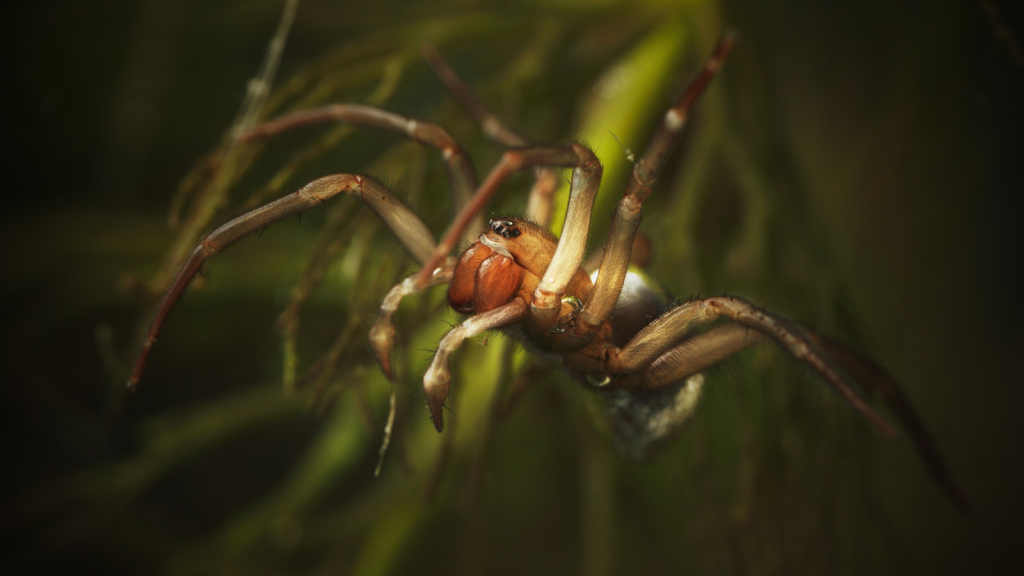Hidden beneath the surface of freshwater ponds and slow-moving streams lurks one of nature’s most fascinating creatures: the diving bell spider. This remarkable arachnid has adapted to life underwater in ways that seem almost magical. With its ability to create air bubbles and spin underwater webs, the diving bell spider is really an incredible creature. Even if you’re a little freaked out by spiders, you’ll be amazed by this one (and it’s totally harmless to humans). From its unique hunting techniques to its extraordinary respiratory system, this tiny creature is full of surprises.
It’s Europe’s Only Aquatic Spider
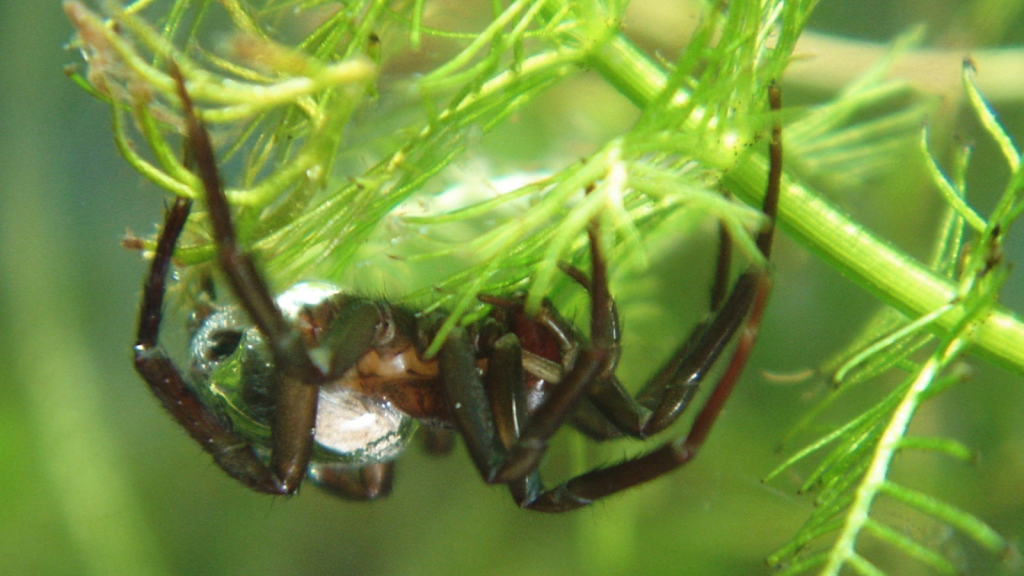
The diving bell spider, scientifically known as Argyroneta aquatica, is the only spider in Europe that spends its entire life underwater. While other spiders might accidentally fall into water or skate across the surface, the diving bell spider is truly at home beneath the waves. This unique adaptation sets it apart from its terrestrial cousins and makes it a subject of fascination for scientists and nature enthusiasts alike.
They Create Underwater Air Bubbles
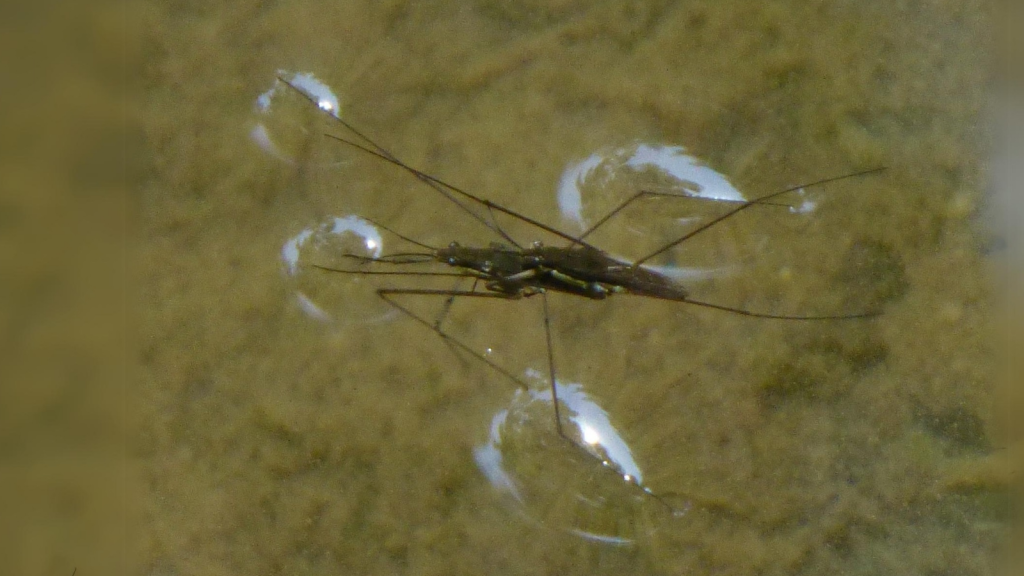
These clever spiders construct their own portable air supply by trapping bubbles of air from the water’s surface. They use their hairy abdomen to capture and hold onto these bubbles, which they then transport underwater. This air bubble acts like a diving bell, allowing the spider to breathe and move about freely beneath the surface. It’s a bit like having a personal scuba tank!
Their Underwater Homes Are Called ‘Diving Bells’
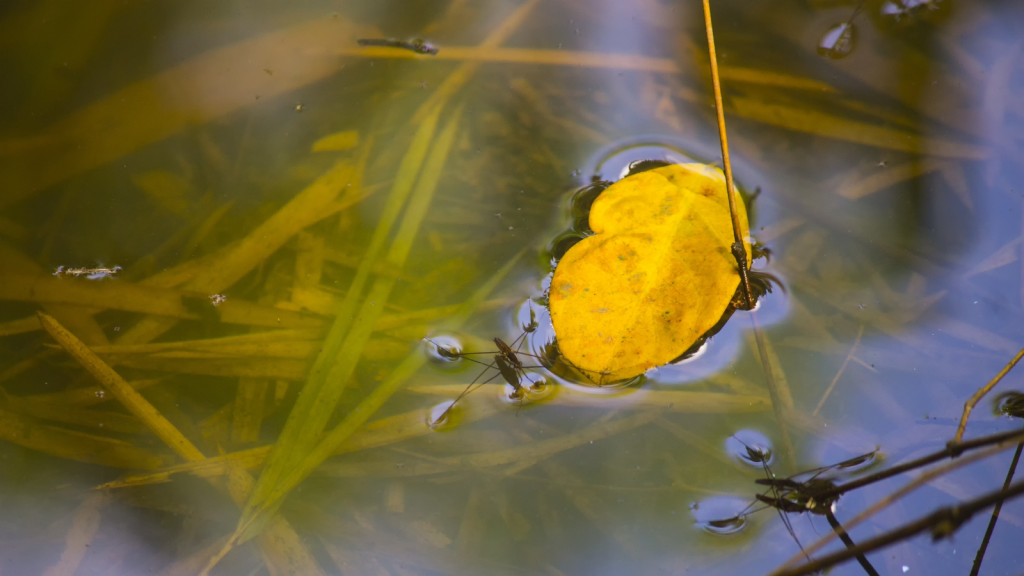
The diving bell spider builds a web between aquatic plants and fills it with air to create a dome-shaped underwater home. This structure, which gives the spider its name, functions as both a living space and a nursery for its young. The spider regularly replenishes the air in its diving bell by making trips to the surface, ensuring a constant supply of oxygen.
They Can Stay Underwater for a Day
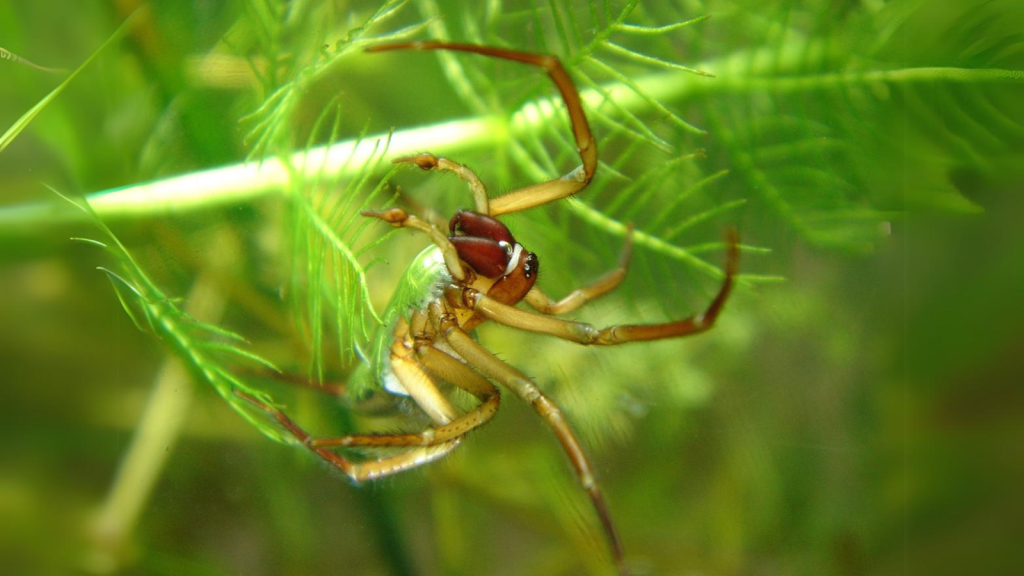
Thanks to their ingenious diving bell, these spiders can remain submerged for up to 24 hours without returning to the surface. The silk of their web is hydrophobic, meaning it repels water and helps to maintain the air bubble. As the oxygen in the bubble is used up, it’s naturally replenished by oxygen diffusing from the surrounding water, allowing for extended stays underwater.
They Hunt Underwater Prey
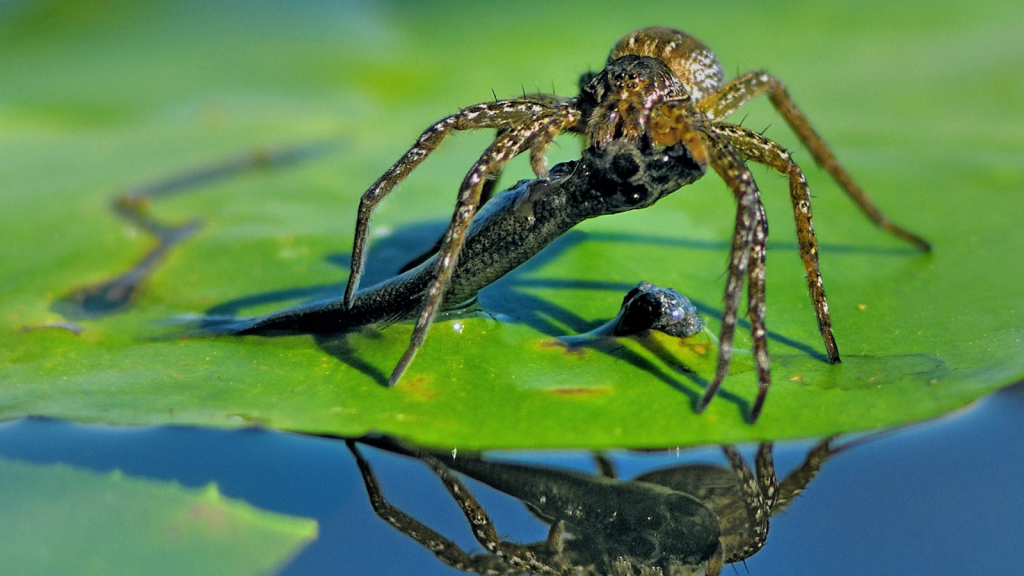
Diving bell spiders are skilled predators in their aquatic environment. They hunt small crustaceans, insect larvae, and even small fish. Using their keen sense of touch to detect vibrations in the water, they can locate and capture prey with remarkable efficiency. Their ability to move swiftly through water gives them an advantage over many aquatic insects.
Females Are Larger Than Males
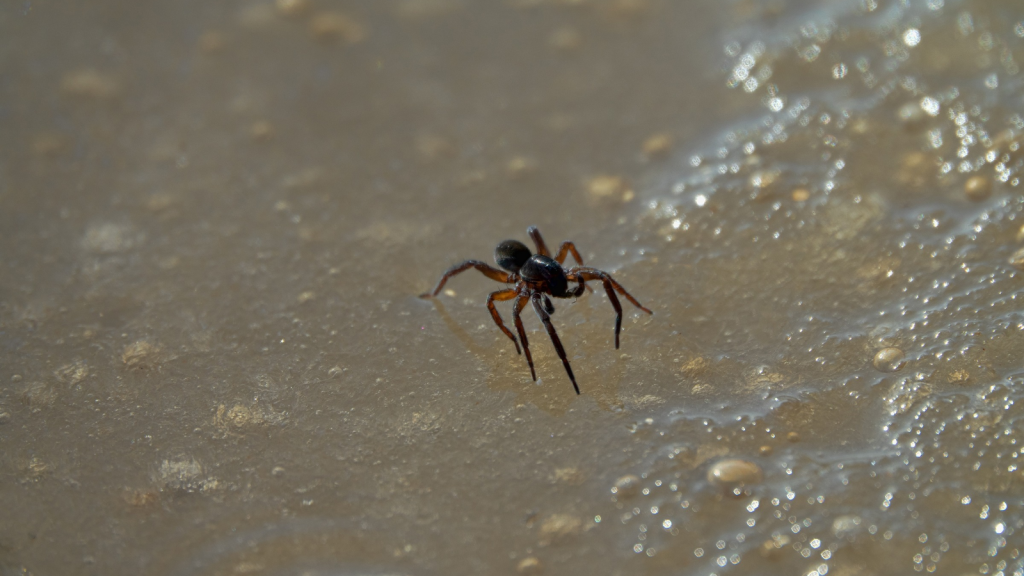
In a reversal of the typical spider size dynamic, female diving bell spiders are larger than males. Females can grow up to 15 millimetres in body length, while males reach about 10 millimetres. This size difference is thought to be related to the female’s need to carry eggs and care for offspring in the challenging underwater environment.
They Have a Unique Mating Ritual
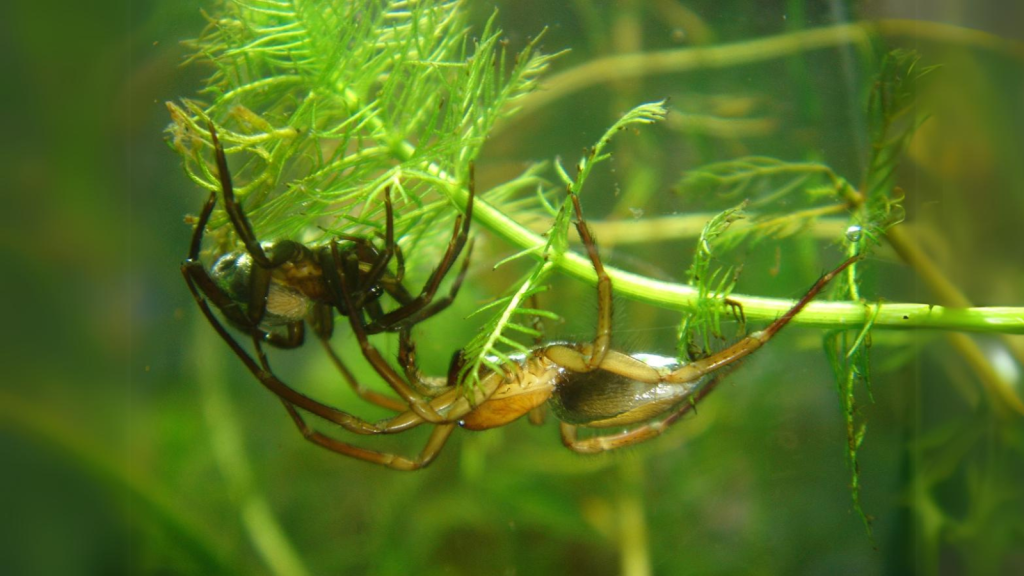
The mating behaviour of diving bell spiders is a fascinating underwater dance. Males actively seek out females and enter their diving bells. If accepted, the male will use his pedipalps (specialized appendages near the mouth) to transfer sperm to the female. This process can take several hours and often involves multiple mating sessions.
Their Eggs Develop in Air-Filled Cocoons
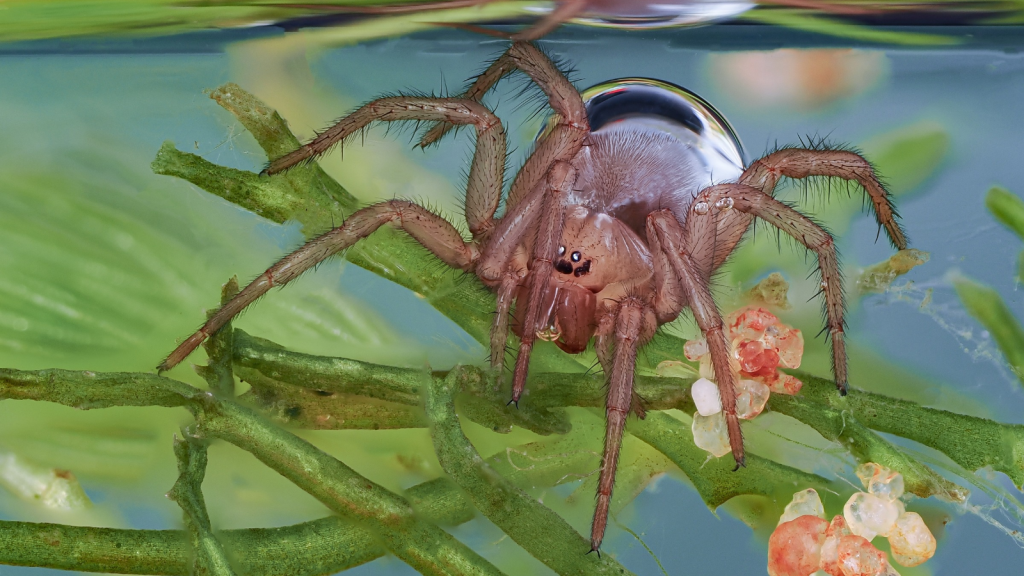
Female diving bell spiders create special air-filled cocoons to protect their eggs. These cocoons are attached to underwater plants and contain enough oxygen for the developing spiderlings. When the young spiders hatch, they’re already equipped with the ability to create their own air bubbles and diving bells.
They Have Specialized Breathing Hairs
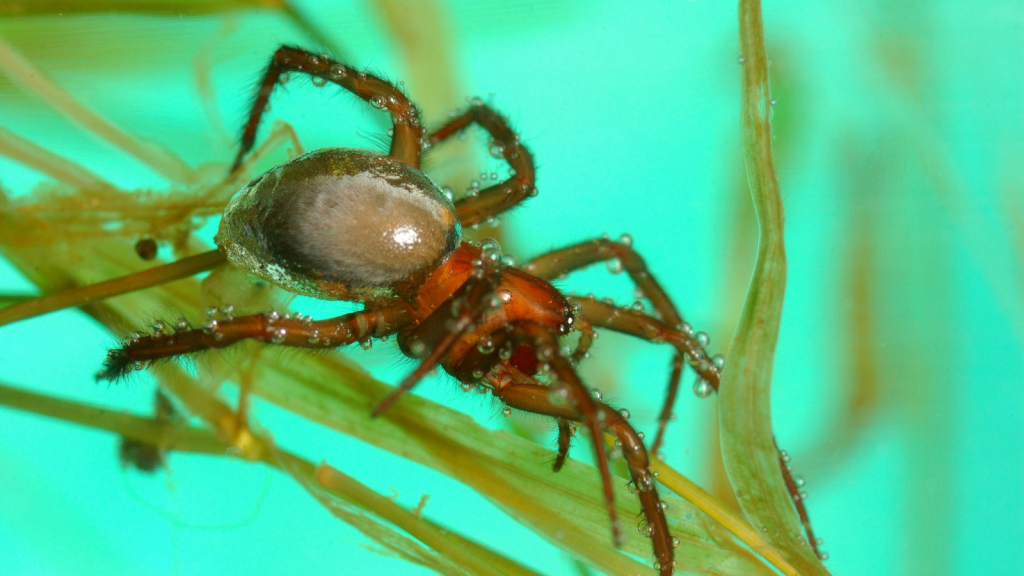
The diving bell spider’s body is covered in fine, hydrophobic hairs that repel water and trap a thin layer of air around the spider. This layer, known as a plastron, acts like a gill, allowing the spider to absorb oxygen directly from the water. This adaptation enables the spider to stay underwater for extended periods without suffocating.
They Can Survive in Oxygen-Poor Waters
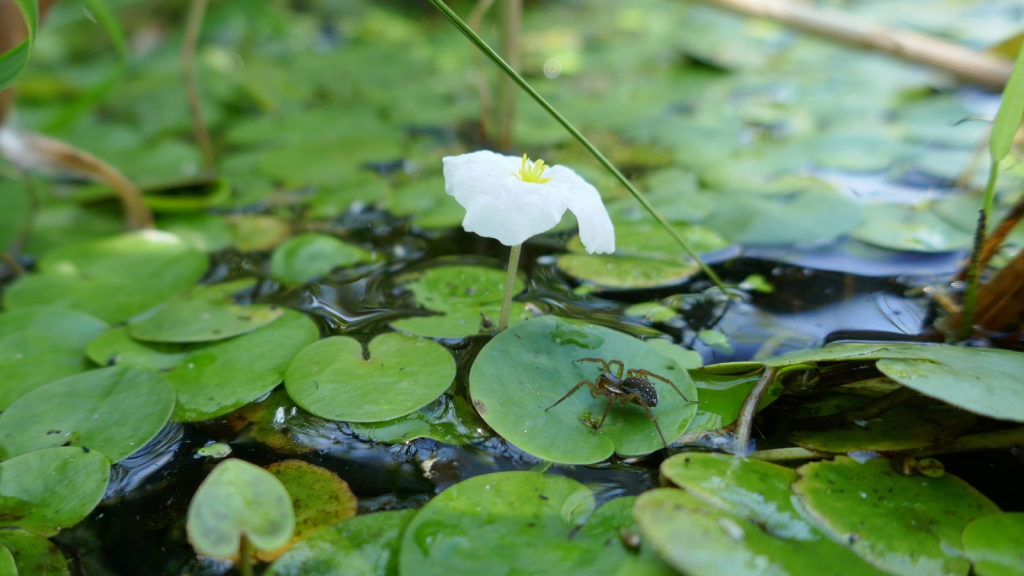
Thanks to their plastron and diving bell, these spiders can thrive in waters with low oxygen content. They’re often found in stagnant ponds or slow-moving streams where other aquatic animals might struggle to survive. This ability to tolerate poor water quality makes them excellent indicators of environmental health.
They’re Found Across Europe and Asia
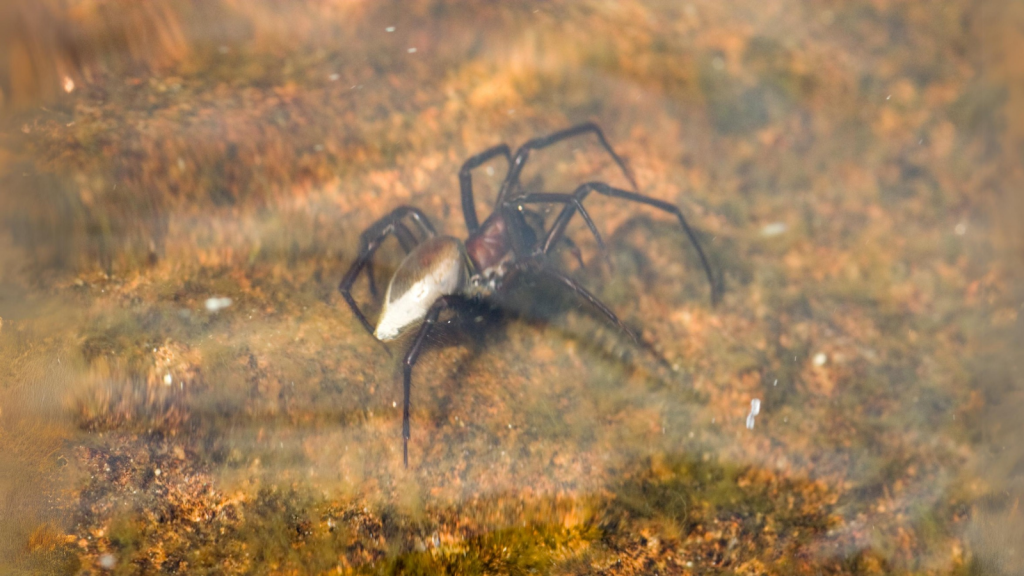
While not common, diving bell spiders can be found in freshwater habitats across Europe and parts of Asia. They’re particularly well-distributed in Central and Northern Europe, including countries like Germany, Poland, and Russia. Their presence often goes unnoticed due to their small size and underwater lifestyle.
They Have Excellent Underwater Vision
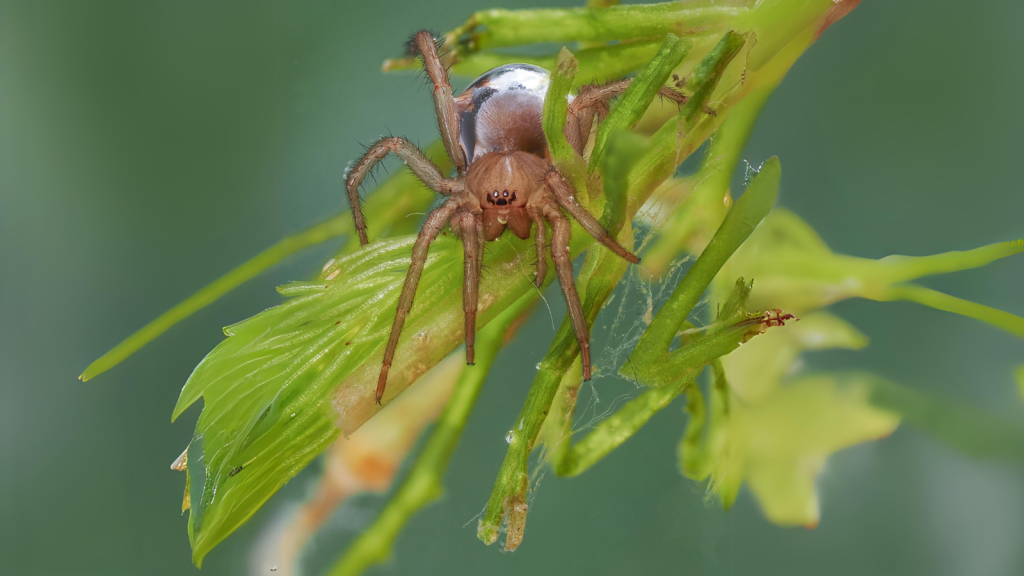
Unlike many spiders that rely primarily on touch and vibration, diving bell spiders have well-developed eyes that function effectively underwater. They can see their prey and navigate through aquatic plants with remarkable clarity. This visual acuity is crucial for their survival in the murky waters they call home.
They’re Active Year-Round
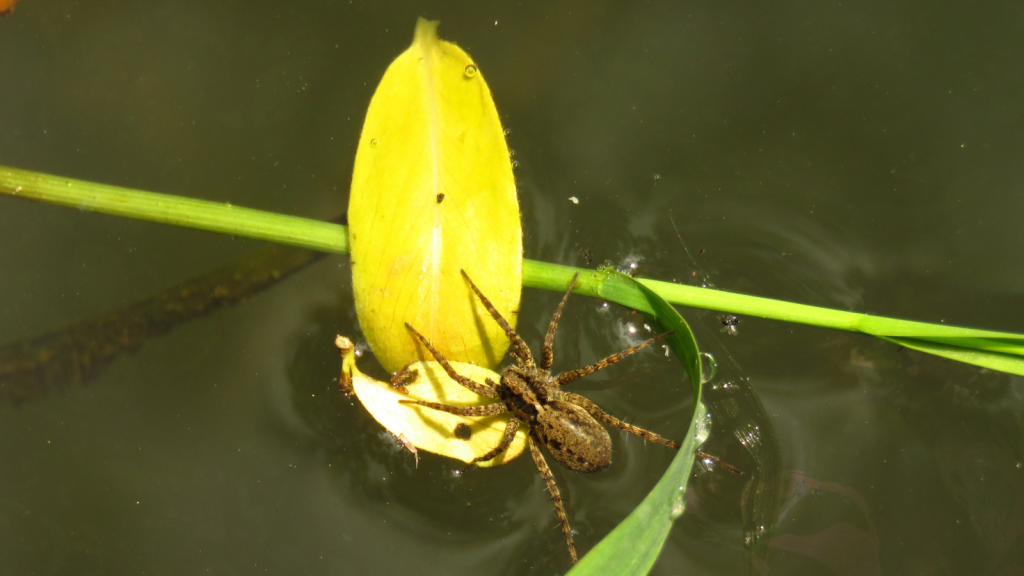
Unlike many insects and arachnids that become dormant in winter, diving bell spiders remain active throughout the year. They can survive in near-freezing water temperatures by retreating to deeper parts of ponds or streams where the water doesn’t freeze solid. This year-round activity makes them a reliable food source for fish and other aquatic predators.
They Inspired Underwater Breathing Technology
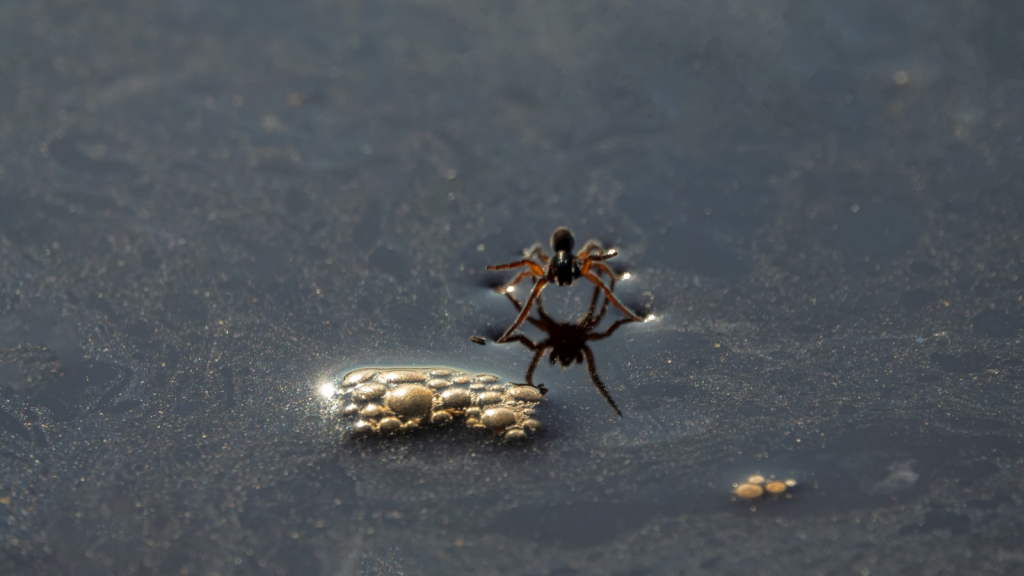
The diving bell spider’s ability to create and maintain an air bubble underwater has inspired human technology. Scientists have studied these spiders to develop materials that can trap air underwater, potentially leading to advances in underwater breathing apparatus and water-repellent surfaces.
They’re Vulnerable to Habitat Loss
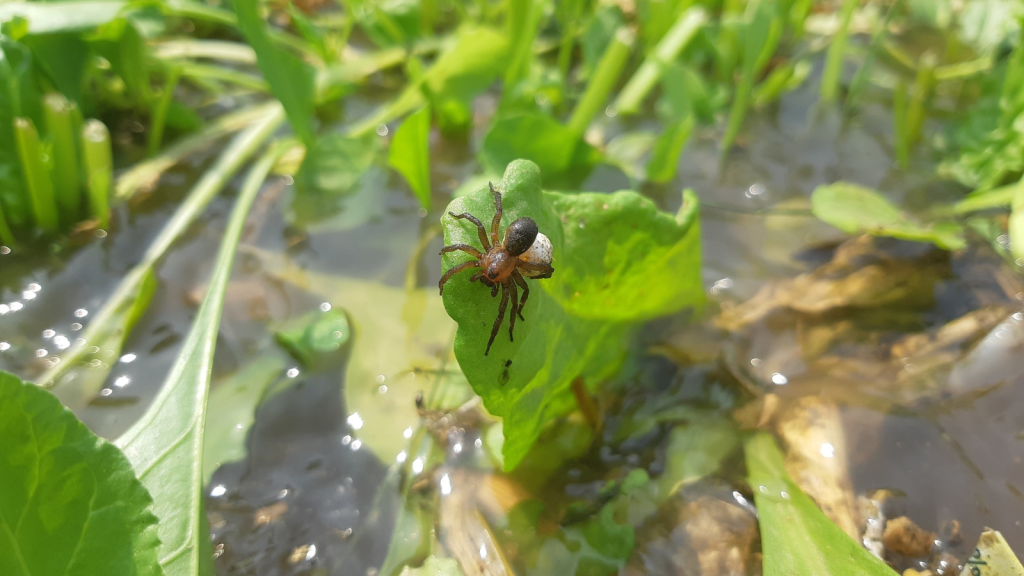
Despite their unique adaptations, diving bell spiders face threats from habitat destruction and water pollution. The loss of suitable freshwater habitats and the use of pesticides in agriculture can significantly impact their populations. Conservation efforts focusing on preserving clean, freshwater ecosystems are crucial for the survival of these remarkable creatures.

